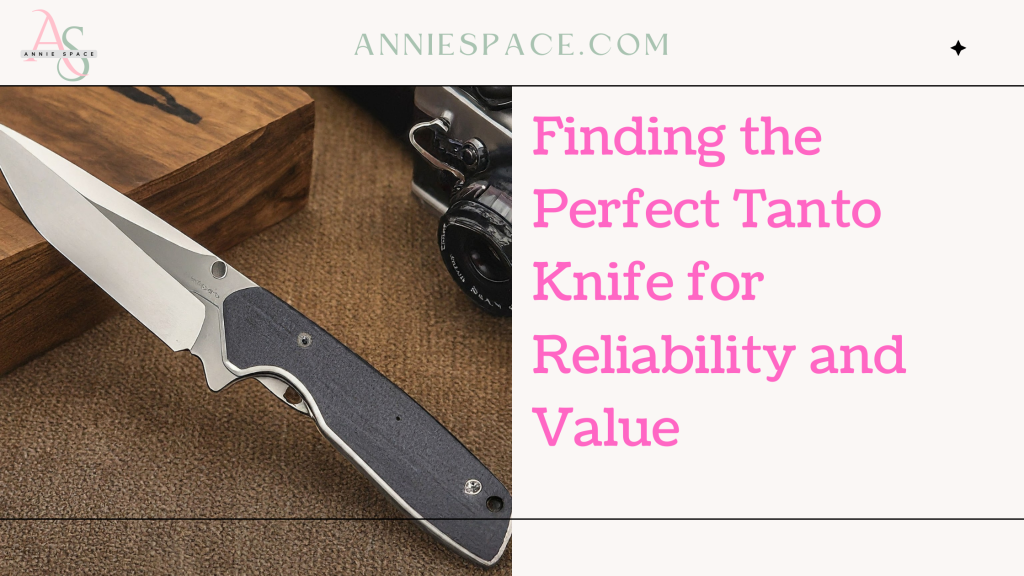Starting your photography journey is an exciting time, but with the wide range of camera options available, choosing the right one can feel overwhelming. Whether you’re planning to photograph products, portraits, or simply capture everyday moments, the right camera can make all the difference, especially when working with limited resources. If you’re considering Canon and want to maximize your investment, here are some excellent options for beginners.
Full-Frame Cameras: Why They Shine
If you’ve been researching Canon cameras, you’ve likely come across full-frame models. These cameras are known for their superior image quality, low-light performance, and ability to create beautifully blurred backgrounds, perfect for portraits or artistic shots. While full-frame options might seem a bit more advanced, models like the Canon 6D provide professional quality without overwhelming features. Paired with a versatile lens, this camera can help you produce sharp, detailed images that will elevate your photography, even if you’re just starting out.
For instance, a 50mm lens is a great starting point, often recommended for its ability to capture crisp portraits and product photos alike. It offers a shallow depth of field, meaning you can achieve that sought-after “blurry background” effect that makes your subjects pop.
Crop-Sensor Cameras: The Budget-Friendly Alternative
For those seeking a more affordable option, crop-sensor cameras like the Canon Rebel series can still deliver excellent results. While these cameras may not offer the same depth-of-field control as full-frame models, they’re perfect for general photography and can still produce high-quality images, especially when paired with the right lens.
If you’re working with a compact space or need to photograph small products up close, lenses like the 35mm are perfect companions. They provide a wider field of view, allowing you to get closer to your subjects without losing detail. A crop-sensor camera paired with a good lens can serve your photography needs, from portraits to product photography, without the need for a huge investment in gear.
DSLR vs. Smartphone: A Significant Difference
One common question for new photographers is whether a DSLR is necessary when smartphones already have powerful cameras. While modern phones are capable of impressive images, they often fall short in certain areas that DSLRs excel at, such as low-light performance and the ability to change lenses. A DSLR provides greater control over your photos, offering flexibility with manual settings that will enable you to experiment and learn more about the craft of photography.
Smartphone cameras also struggle with creating the kind of depth and texture that a dedicated camera can achieve. With the right lens and settings, a DSLR or a mirrorless camera like the Canon EOS M can produce professional-quality images that a phone simply cannot replicate.
Focus on Lenses
One thing that can’t be stressed enough is the importance of lenses. Regardless of the camera body you choose, the lens plays a huge role in the final image quality. For portraits and product photography, prime lenses like the 50mm f/1.8 are often recommended for their ability to capture sharp details and create beautiful background blur, which is essential for product-focused shots. If you’re shooting in tighter spaces or need more versatility, a 35mm lens can also be a great option, providing a wider angle while still offering high image quality.
Practical Advice for Beginners
As a new photographer, it’s essential to focus on learning the basics of composition, lighting, and camera settings. Don’t feel pressured to get the latest or most expensive gear right away. Instead, invest time in understanding how to work with what you have. Many seasoned photographers recommend starting with a simple camera and kit lens, experimenting with different settings, and building up your skills before upgrading your equipment.
Photography is a craft where growth comes from practice and experimentation. With your camera, take the time to experiment with various subjects—people, products, and landscapes—and explore different lighting conditions. Learn about post-processing techniques that can further enhance your photos.
Conclusion: Start Small, Grow Big
Choosing the right camera doesn’t need to be overwhelming. Start by identifying your primary photography needs, whether it’s portraiture, product photography, or general lifestyle shots. The Canon cameras mentioned here, especially with the right lenses, will give you the foundation to grow and develop as a photographer. Remember, it’s not just about the gear you own, but how you use it. With practice and experimentation, you’ll quickly start producing images that stand out, whether for personal enjoyment or to grow your business.



